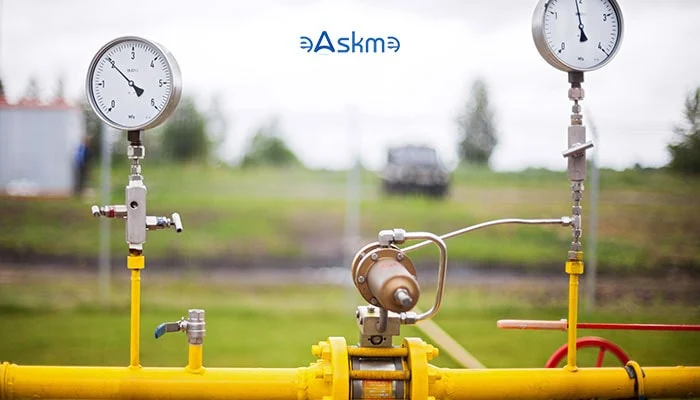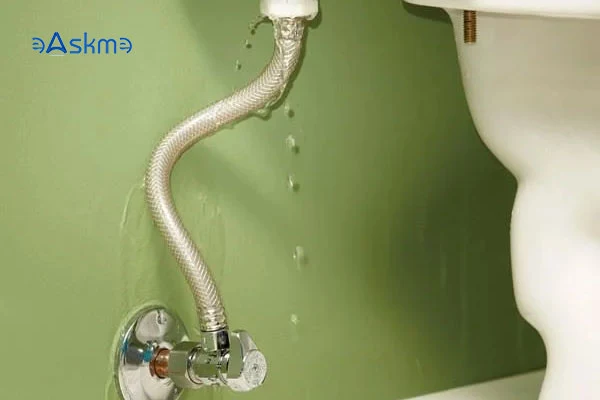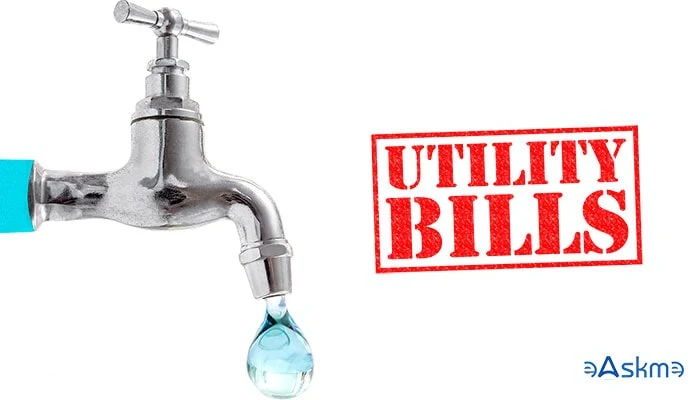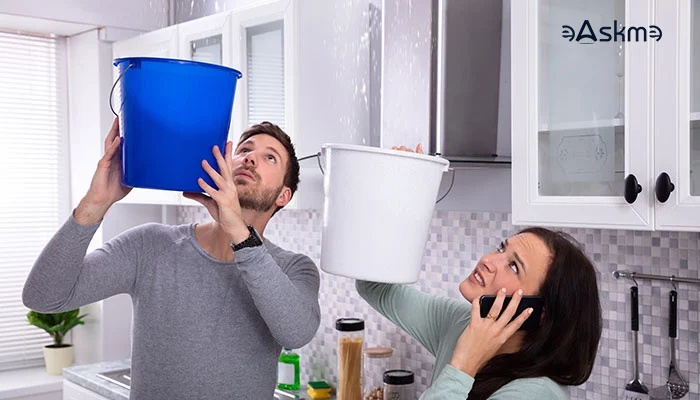Most leakages are not obvious; some can be so hidden and hard to detect until they cause more extensive damage, which will be too late.
Always make an effort to have the repairs as soon as possible to ensure you protect your home from more damages.
Monitor The Water Meter

Monitoring your water meter will give you a clue. Most meters are located in areas where temperatures don't go below freezing point.
Water meters can also be placed beside or at the back of the house where the water supply line enters the house.
Try these steps to detect leakages using your water meter:Turn Off:
Turn off all water taps or faucets in your home. These taps have metal seated ball valves that will help control the flow of water from the taps.
Also, make sure any appliances that use water, like washing machines and dishwashers, are not running.
Observe:
Observe the water meter and make a note of the exact numbers you can read from the meter. Then Come back after 60 minutes to recheck it.
If you notice a change in numbers, then definitely there is a leakage somewhere.
Determine:
You can also determine if the leakage is in the house or outdoors but only for homes with meters located at the street; turn off the switch valve on your home's main water supply pipe.
The valve can be located on the ground floor or in the utility room where the water pipe enters the home.
Observation:
Take an observation of the water meter, note down the numbers, and wait another 60 minutes. After 60 minutes, take another observation; if there is a change in numbers, a water leak is inside your home.
If the numbers are constant with no change, the leakage might be in the groundwater lines that take water into your house.
Check The Toilets
Toilets play a significant role every single day on multiple occasions.

These plumbing fixtures use a large volume of water daily.
Unfortunately, most of the toilet leakages cannot be easily noticed, and in the process, they can use a considerable volume of water, pushing your utility bills higher.
- Take off the lid covering your water tank and place it somewhere safe.
- Listen carefully if any hissing sounds could indicate a water leak.
- If there is no hissing sound, try adding a few drops of red food dye to the toilet water tank.
- Leave the toilet for around 20 minutes, then check the water inside the toilet bowl itself.
- If you notice the color dye inside the bowl, there is water leakage caused by the flapper.
Follow the below steps to identify any leakage in your toilet:

Monitor Your Water Bill
If you notice an abnormal rise in your everyday usage monthly, assuming your family water usage remains constant, then definitely there must be a leakage somewhere.
Some pipes are always running on the ground, this will make it difficult to detect them easily but all in all, you will have to pay for the bills.
When it is difficult to detect any leakage, make sure you get a professional plumber to help you sort the issue as early as possible.

Check Other Leaking Points
For example, make sure all showerheads are not dripping while the shower is turned off.
Also, turn off bathtubs and sink faucets throughout the home when they are not in use.
You can spot some leaks that you can easily fit without the help of an expert, but some require the attention of a professional.A leaking tap is mainly caused by a worn-out rubber washer generally located under the handle.
When taking a yard walk, make sure you check any suspicious wet or soft spots and any leakage coming from your garden hose, taps, and irrigation system.
Make sure all leaks are repaired on time before it gets worse.
Conclusion
Leakages can also cause severe damage to your furniture when they get wet from the leaking water.
Therefore, it is essential always to try and detect such errors early and get a professional to have the repairs done well.
If you still have questions? Share via comments.
If you want to know more.....Stay tuned with us to stay updated.
Find this post helpful, don't forget to share it!
Other Handpicked Guides for You;

